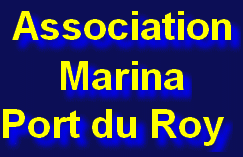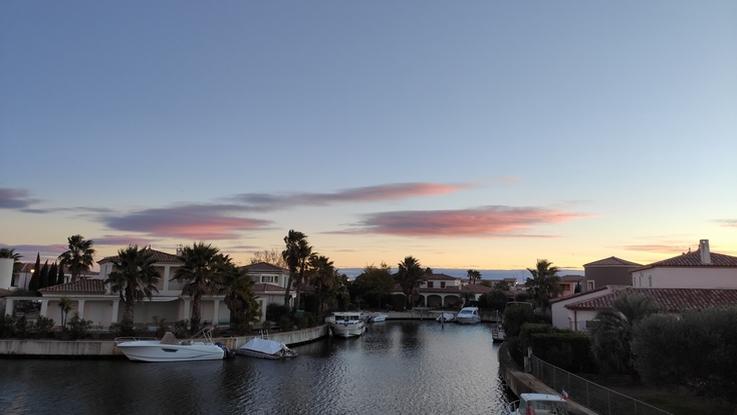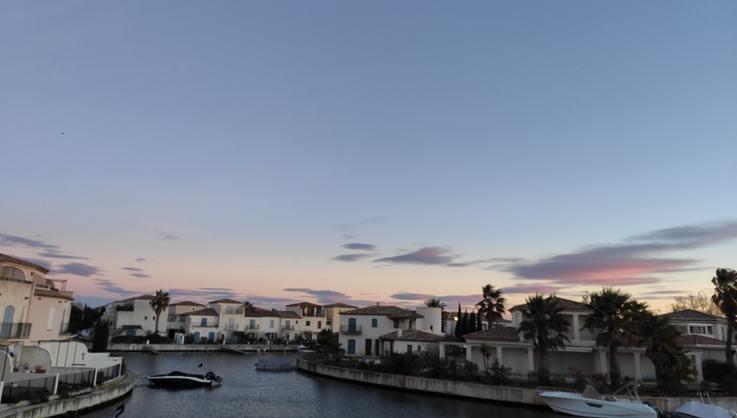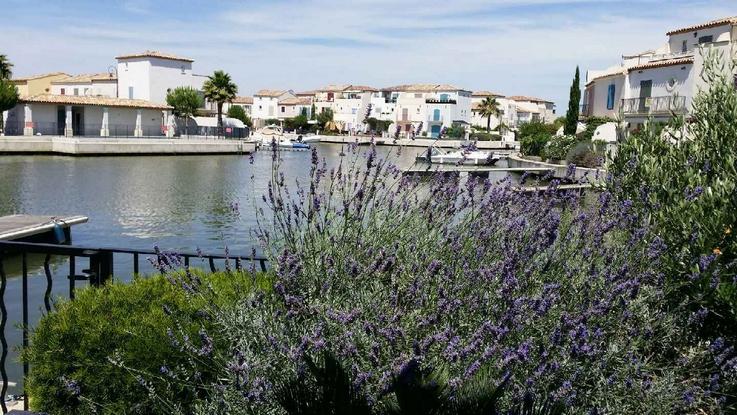Preventive monitoring of sheet piling
The report
Study of the report
The measurement procedure used is as follows:
1. Ultrasonic thickness measurements : Using the SIGNUS gauge.
2. Surface preparation: Bare the metal and apply a mechanical grease interface to eliminate water and air artefacts.
3. Measurement zones: The measurements were carried out in the same zones as in 2019 to enable a comparison of the results and to assess the evolution. A new zone, zone 10, was added.
4. Observation of aspects :
- Tidal zone: Abnormally large sheet disbondment in appearance, ‘orange peel’ appearance indicating electrolytic corrosion near the surface.
- Below the tidal zone: No delamination or corrosion, but difficult to strip the metal.
This procedure makes it possible to guarantee the accuracy of the measurements and to compare the results with previous years in order to assess the evolution of the corrosion.
The aspects of corrosion observed are as follows:
-Tidal zone :
Leaf delamination: Abnormally large in appearance, with no visible difference from 2019.
Orange peel’ appearance: Indicates electrolytic corrosion near the surface. This phenomenon is not observed in the middle or at the bottom.
-Below the tidal zone:
No disbonding : No indication of disbonding observed.
No corrosion: No visible corrosion.
Metal pickling difficult: Indicates difficulty in removing the surface layer of the metal.
These observations show more pronounced corrosion in the tidal zone, probably due to specific environmental conditions such as increased water salinity.
Short summary
The document deals with the evolution of thickness measurements in an area of a port, in particular between 2019 and 2024. It shows an increase in corrosion, probably due to an increase in the salinity of the water. Aquatic habitats have changed, with the disappearance of freshwater fish and the appearance of blue crabs. Recommendations for future action are also included
The measurements carried out showed that in the tidal zone, the loss of thickness since the first measurements in 2010 was between 1 and 2 mm, which is in line with expectations over a 15-year period. However, some individual values were abnormally high. In the median and bottom zones, the thickness loss was around 1 mm, also in line with expectations .
It was recommended that new measurement campaigns should be carried out in three years' time, with at least three measurements per zone (tidal, median, bottom) to monitor changes in conditions and corrosion].
The rise in temperature and the increase in conductivity should be monitored, as they are linked to the acceleration of corrosion[.
Increased salinity has profound consequences for aquatic biodiversity, leading not only to a loss of local species, but also to significant changes in the composition of the aquatic ecosystem. Ongoing monitoring and research are essential to understand these changes and their implications.






